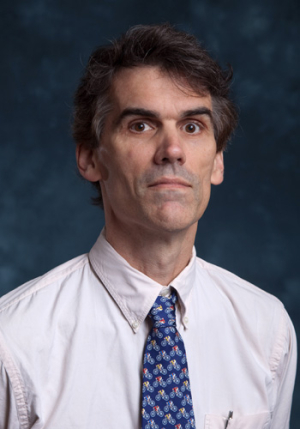If Howard Gifford has his way, physicians will be forced out of a large area of medical imaging research. Frankly, that’s probably how they want it.
Gifford, an associate professor of biomedical engineering at the UH Cullen College of Engineering, was awarded a $1.2 million grant from the National Institutes of Health to develop an mathematical model to analyze images produced by new PET and SPECT scan technologies, key tools in the early detection of cancer. This grant was initially awarded when Gifford was a researcher at the University of Massachusetts Memorial Medical Center and has now officially been transferred to University of Houston.
Ideally, clinicians would analyze images produced by technologies under development. Radiologists, for instance, would be available to provide feedback on the quality of images generated by a new camera or new data processing method.
Few clinicians, though, have the time to participate research projects, so investigators working on these technologies turn to less efficient methods to determine image quality, such as signal-to-noise ratio. As a result, the development of these technologies is slower and less efficient than it could be. This is the problem Gifford is confronting.
“What I’m trying to do,” said Gifford, “is come up with a mathematical model that could replace clinicians or human observers in detection experiments where researchers are trying to figure out if what they’re working on is actually useful for the detection task.”
While other such mathematical models exist, Gifford’s is distinguished by an additional level of sophistication. Asking clinicians to look at sets of images, he is using tools to track their eye movements and then determining what qualities in an image (such as particular shapes or levels of contrast) tend to draw their attention. Gifford will then build this information into his mathematical model, enabling it to focus in on the same areas a clinician would.
Ideally, the analysis provided by this model will more closely resemble guidance from a skilled human observer, thereby accelerating the development of new imaging techniques and reducing demand on clinicians’ time.
“You can never hope to model the clinician exactly because the cases examined in the clinic come with case histories and are much more varied than what’s looked at in the lab,” said Gifford. “But the closer these models can get to the actual clinical task, the more reliable the models should be for predicting clinical utility.”
